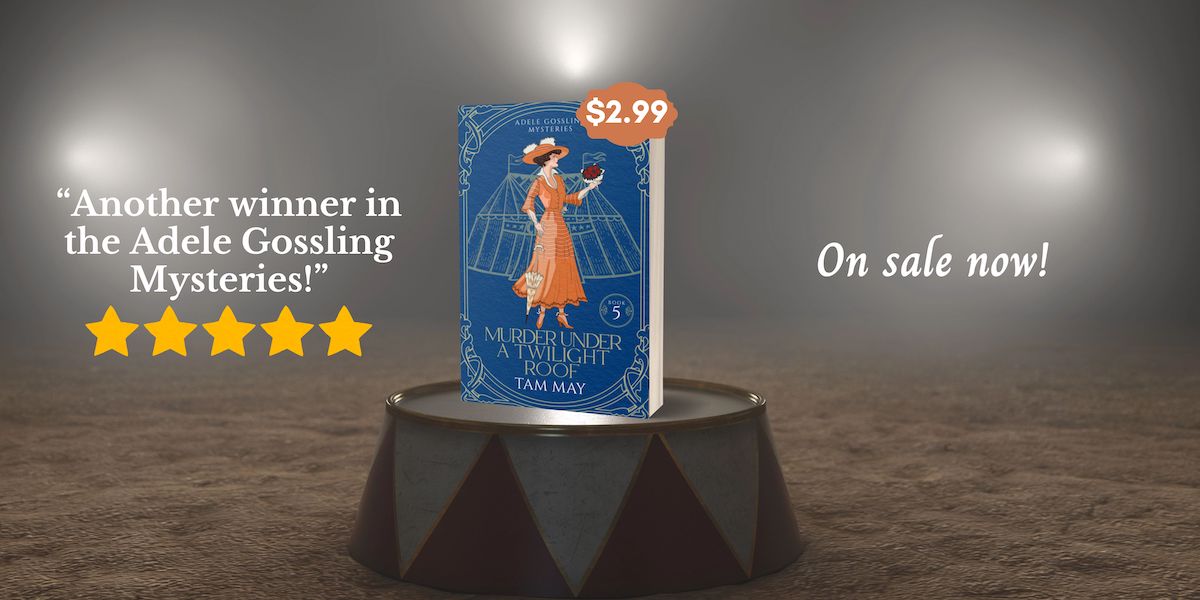
Photo Credit: Women in the Home flier, created by the Woman Suffrage Party of the city of New York, 1897-1911, Library of Congress: Picryl/Public Domain Certification
“[A]s the Victorian culture did not permit women to accept or gratify their basic sexual needs, our culture does not permit women to accept or gratify their basic need to grow and fulfill their potentialities as human beings, a need which is not solely defined by their sexual role.” (Friedan, p. 77)
I’ve been talking a lot in the last month or so about two historical concepts related to women and gender that were the inspiration for many of the stories and themes in my upcoming book, Lessons From My Mother’s Life. They both come from Betty Friedan’s 1963 ground-breaking book, The Feminine Mystique. The first is what Friedan called “The Problem That Has No Name,” an unidentifiable something that was wrong with the 1950s housewife whose life was supposed to be so fulfilling and so perfect. I wrote about that here. The other was the idea of the feminine mystique, an idealization of women in which their only destiny was as wives and mothers, which I discuss here.
While I was reading Friedan’s book, I had a sense of déjà vu, like “um, haven’t I seen this stuff before?” In writing the stories in Lessons, it hit me why the characters were so familiar to me. It’s because the idea of the feminine mystique reminded me of the idea of the separate spheres I discussed a while back in this blog post. You might recall this concept (which originated in the 18th century but gained ground in the 19th century) was about women and men belonging in separate areas of life: men in the public sphere (politics, finance, law, etc) and women in the private sphere (home, church). The idea was that each gender fulfilled his/her destiny within that limited sphere and any man or woman venturing into the other’s sphere was considered improper at best, an abnormality at worst (like the New Woman caricatures in the late 19th and early 20th centuries, where women were pictured in bloomers, smoking cigarettes, and standing over their poor, overworked husbands while the men washed the dishes wearing aprons).
Similarly, women of the 1950s, especially American suburban housewives were told by everyone and everything around them that their one identity in life was as an ultra-feminine wife and mother and their place was in the home. But, like their Victorian sisters, they felt uneasy about this and that something was wrong with this picture. Friedan, who compares the the 1950s housewife and the feminine mystique to the Victorian woman and sex, notes:
“The image of a good woman by which Victorian ladies lived simply left out sex. Does the image by which modern American women live also leave something out, the proud and public image of the high-school girl going steady, the college girl in love, the suburban housewife with an up-and-coming husband and a station wagon full of children?” (Friedan, p. 24)
It is, in fact, what the ideal left out that encouraged the women’s suffragist movement to gain more support in the late 19th and early 20th centuries, eventually leading to legislative changes, specifically, the ratification of the 19th amendment in America in 1920. It was also partly Friedan’s ideas about the feminine mystique and The Problem That Has No Name that led to the second-wave women’s movement in the late 1960s and 1970s, sparked by slogan “the personal is political” which completely overturned the concept of the separate spheres by insisting there were in fact no separate spheres. Both were equal in weight for both genders.
Some of the women in the stories from Lessons have to contend with not only the feminine mystique and The Problem That Has No Name, but also with the antiquated idea of the separate spheres. For example, in “Fumbling Toward Freedom,” Susan’s husband-to-be, a medical student, teases her about her desire to see “something cultural” during a weekend visit to San Francisco. Culture was considered the public sphere in the 19th century and Susan’s attempts to enter it earn her well-meaning fiancé’s doubt and mockery nearly one hundred years later.
To read more about Susan and the other women in the stories, you can buy Lessons From My Mother’s Life at a special preorder price here. If you’d like to read more about another character, Leanne, you can read this blog post.
Works Cited
Friedan, Betty. The Feminine Mystique (50th Anniversary Edition). W. W. Norton & Company, 2013 (original publication date: 196). Kindle digital file.



